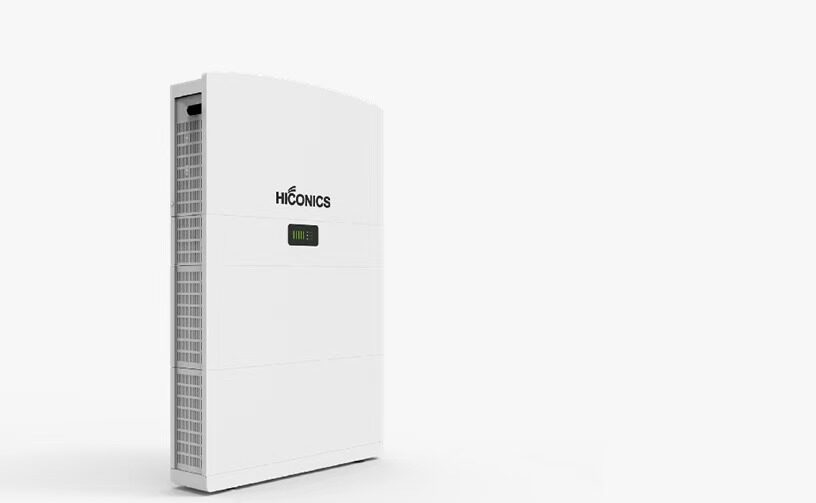From pv magazine 12/2019
Before the temporary restraining order (TRO) expired on Nov. 21, bifacial modules exported to the United States remained exempt from tariffs. With only a short exemption period, demand and shipment volumes of bifacial modules will probably not rise during the term of the TRO. Whether the bifacial exemption will be removed or not will be determined in the investigation.
China remains the largest market for bifacial modules. Overseas market adoption and demand for bifacial modules were expected to grow after being granted an exemption to the U.S. import tariffs in mid-June. Following the removal of the exemption in October, PV InfoLink downwardly revised its bifacial demand expectation for the U.S. market. Other overseas demand for bifacial modules is also expected to weaken, with bifacial projects concentrated in emerging markets. PV InfoLink analyzes levels of demand for bifacial modules in markets outside the United States and China, based on information from the China customs database.
Emerging markets
Although China exported a small volume of bifacial modules in the first half of last year, the volume has been growing markedly since the second half of 2018. Up to this year, bifacial module orders mostly came from emerging markets. Despite export volume instability, bifacial exports show a generally upward trend. As Chinese-manufactured bifacial modules are exported largely on order, export destinations of the modules reflect a strong regional concentration.

The geographical distribution of overseas demand for bifacial modules was concentrated in Egypt in the second half of 2018, but it has become more widespread since 2019. It has expanded to cover Mexico, Brazil, El Salvador, and Chile in Latin America, the United Arab Emirates, Oman, Pakistan, and Israel in the Middle East, and the United Kingdom, Denmark, the Netherlands, and Ukraine in Europe.
Glass-glass remains mainstream
At present, bifacial modules mostly come in the glass-glass format, with very few using transparent backsheet at this stage. Bifacial modules are offered with aluminum frames or in frameless variants. Compared with framed panels, frameless modules are prone to damage during delivery and installation, and without protection from the frame, moisture can penetrate the panel over time, undermining long-term reliability. Nevertheless, frameless modules have a cost advantage and several other benefits, including ease of cleaning and lower accumulation of dust and snow. The frameless design also helps reduce the impact of potential-induced degradation (PID), due to the lack of a conductive metal frame. Based on China customs data, framed bifacial glass-glass modules dominate the overseas bifacial market for now.
Bifacial modules, designed to increase energy yield per unit of surface area, are typically used in ground-mounted PV arrays. This explains why the modules make extensive use of mono PERC to boost performance.
N-type accounts for around 20% of the bifacial modules exported from China, mainly because n-type cells generate power on both sides and their low temperature coefficients make them a popular choice for PV projects in some parts of the Middle East.
Final decision
The withdrawal of bifacial exemptions from Section 201 leads to an increase in the acquisition cost of bifacial modules in the U.S. market. Consequently, while bifacial projects cannot be changed to monofacial, those waiting to get off the ground are expected to switch. Despite the TRO and investigation being issued two weeks after the removal of the bifacial exemption, there will be limited immediate impact on bifacial demand, because it only remained effective until Nov. 21. Before making the next move, most top-tier manufacturers are watching closely and waiting for the final decision. Therefore, PV InfoLink has scaled back its forecast for bifacial market share for the coming years.
Bifacial modules perform better in terms of levelized cost of electricity. The removal of the bifacial exemption may have slowed down overall demand, but emerging markets still see bifacial adoption for utility-scale projects. Based on available information, Oman and the UAE have announced bifacial projects, while Mexico, Chile, Brazil, Spain, the U.K., and Russia have seen demand for bifacial modules, too. PV InfoLink therefore expects 12 GW of bifacial demand for 2020.
The views and opinions expressed in this article are the author’s own, and do not necessarily reflect those held by pv magazine.
This content is protected by copyright and may not be reused. If you want to cooperate with us and would like to reuse some of our content, please contact: editors@pv-magazine.com.



By submitting this form you agree to pv magazine using your data for the purposes of publishing your comment.
Your personal data will only be disclosed or otherwise transmitted to third parties for the purposes of spam filtering or if this is necessary for technical maintenance of the website. Any other transfer to third parties will not take place unless this is justified on the basis of applicable data protection regulations or if pv magazine is legally obliged to do so.
You may revoke this consent at any time with effect for the future, in which case your personal data will be deleted immediately. Otherwise, your data will be deleted if pv magazine has processed your request or the purpose of data storage is fulfilled.
Further information on data privacy can be found in our Data Protection Policy.